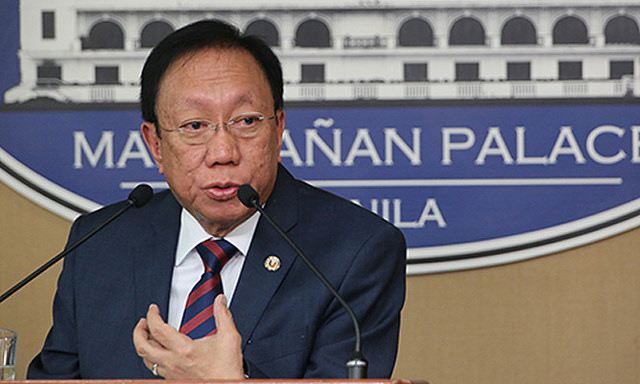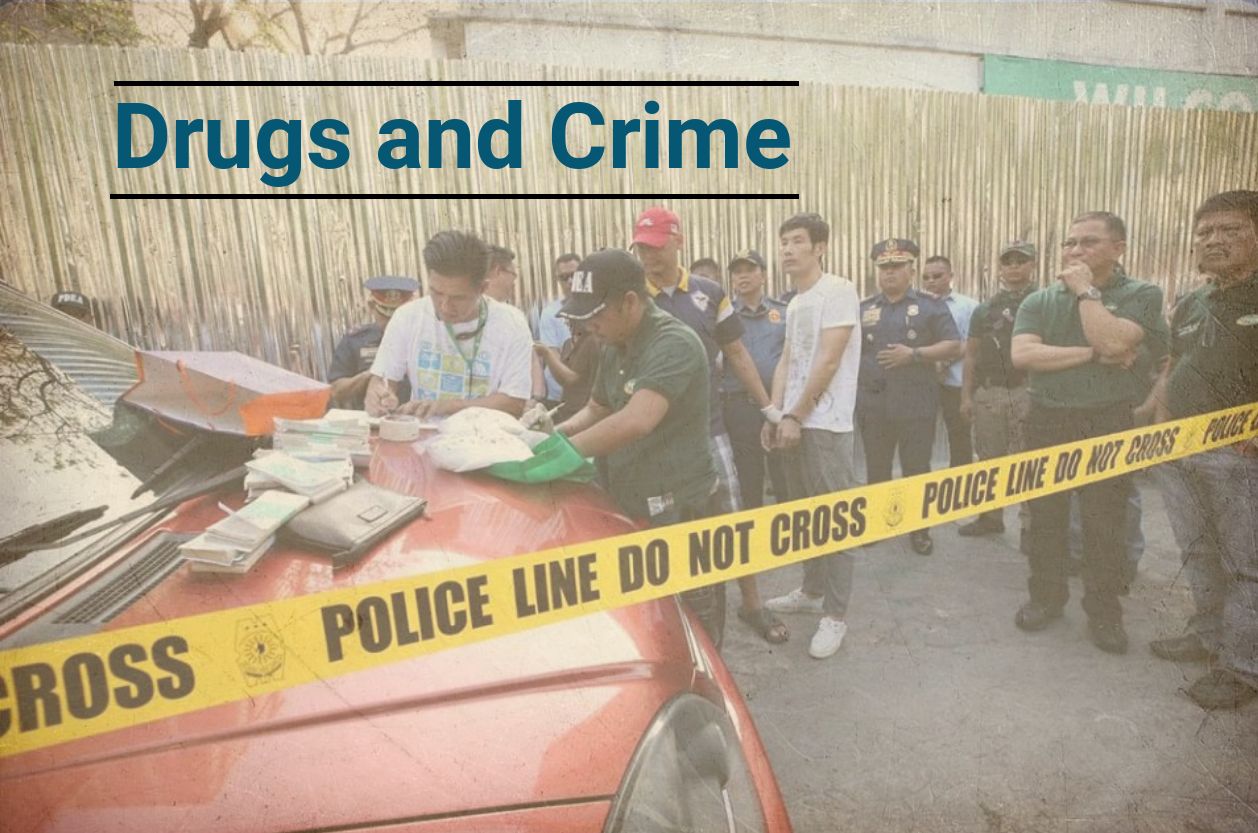For President Rodrigo Duterte, the law is to be blamed for the number of children out on the streets committing crime.
He points to the Juvenile Justice Welfare Act of 2006, a law that created a separate justice system for children, authored by Sen. Francis “Kiko” Pangilinan.
On Dec. 12, while gracing the 10 Outstanding Filipino Awards 2016, he said youth offenders 15 and below are caught only “for record purposes.” Exempted from jail, they are bound to commit other crimes, only to become adults who have gone in and out of prison, he said.
STATEMENT
“Ako I have the highest of respect for Pangilinan. But iyong law, liability, labas-pasok ang mga bata. You can ask any policeman or anyone connected with the law enforcement. We produce a generation of criminals.”
(Source: Ten Outstanding Filipino Awards (TOFIL) 2016, Heroes Hall, Malacañang Palace, Dec. 12, 2016, watch from 31:44 to 34:23)
FACT
Based on data obtained from the Department of Social Welfare and Development (DSWD), the number of children in conflict with the law (CICL) has plunged significantly years after the passage of Republic Act No. 9344 or the Juvenile Justice Welfare Act of 2006.
In 2006, when the law was passed, DSWD’s nationwide count of CICL was at 8,661. A year after, it went down to 2,759.
The DSWD, however, said the data may not reflect the overall situation in the country due to inconsistencies in recordkeeping.
From 2000 to 2013, the DSWD tally counted children who were undergoing community-based services and prevention programs, such as competency and life skills development, socio-cultural and recreational activities, and not necessarily those who have been put in rehabilitation centers.
It was only in 2014 when it started strictly implementing the collection of data purely from regional rehabilitation centers designed to provide intensive treatment in a residential setting for children who had committed crime.
Data from the Philippine National Police, meanwhile, show an increasing trend from 2007 to 2014, but a drop of 4,437 in 2015.
(The original infographic inadvertently dropped the y-axis. We apologize for the omission. – Ed)
What then could be Duterte’s basis in blaming the law given the lack of consistent and coherent government data on juvenile crimes.
Meanwhile, the Duterte administration continues to push for policies that impinge on the rights of children.
His administration’s proposal to lower the age of criminal responsibility from 15 to 9 has been strongly opposed by both the DSWD and the Commission on Human Rights.
The CHR in November said legislators and the administration should instead “recognize the role of the youth in nation-building.”
Overall, PNP data show juvenile crimes comprise only 1.72 percent of the total number of reported crimes, most of which are classified as petty crimes.
Drug use is not the most common juvenile crime in the Philippines, statistics show.
In 2015, theft topped the list with 4,114 cases, followed by physical injury (2,034) and other crimes (1,704). Violations of the Dangerous Drugs Act only accounted for 2.7 percent or 288 of 10,556 juvenile crimes.






